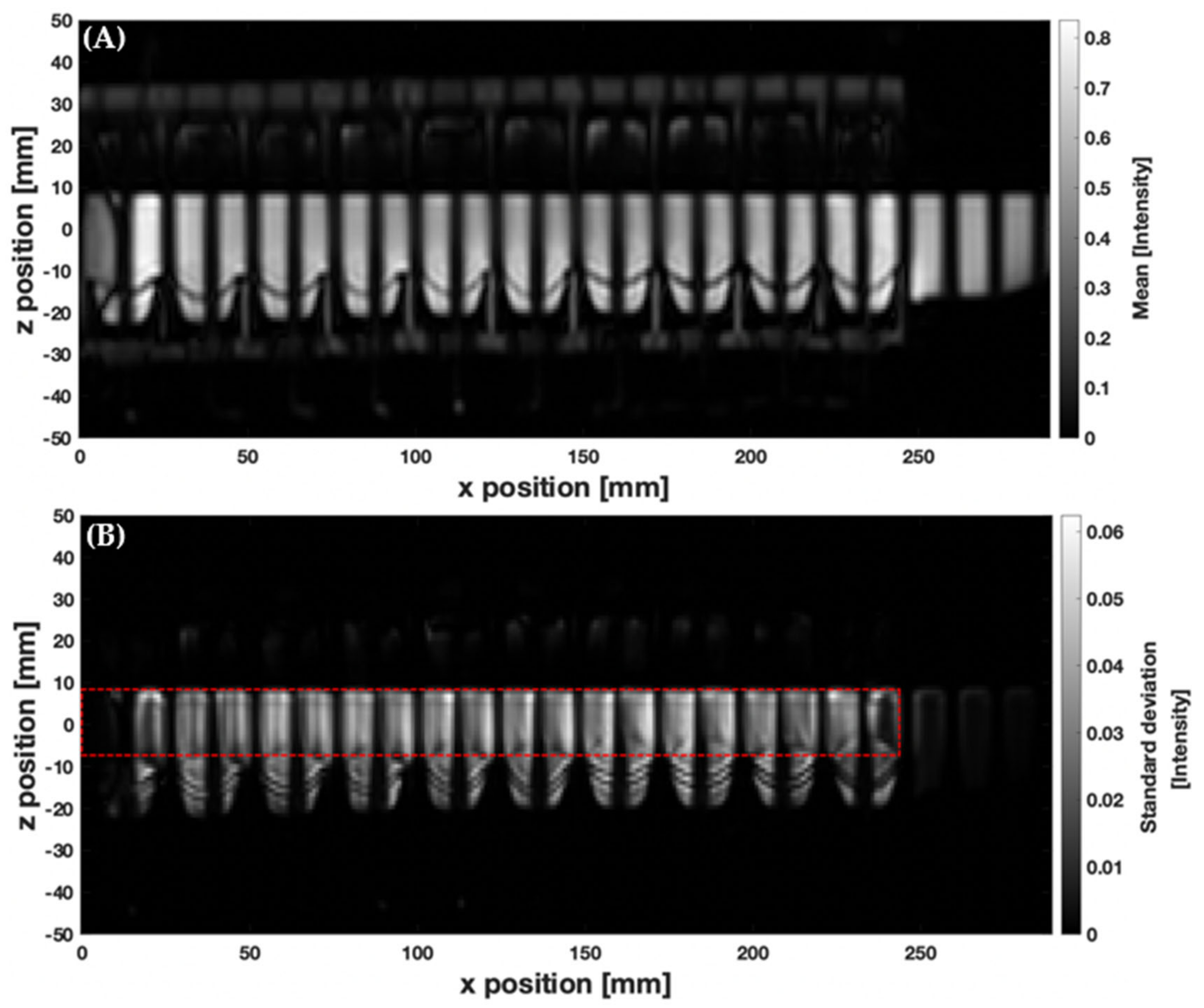
And of course, there's the much speculated-upon and yet hardly surprising return of some familiar faces – including one, more surprisingly, who returns as a silent CGI ghost in a move that raises many ethical concerns around reanimating dead performers for the capital gains of studios. The Ghostbusters' iconic vehicle Ecto-1 shrieks with its quintessential siren, their ghost-busting proton packs cross streams, and even the cutely villainous Stay Puft marshmallow man makes a return, albeit in a much smaller form. Directed by Jason Reitman, the son of original Ghostbusters (1984) director Ivan, it mostly feels well-meaning: there are myriad shots homaged, some quite cleverly, from his father's film, and it brims with recognisable Easter eggs for franchise fans: foreboding, baritone references to a baddie called "Zuul", for example.


It just so happens to be located on top of a hotbed of supernatural activity, disturbed by quakes thought to be caused by fault lines – but of course, something altogether more sinister is at play. The film follows the daughter and grandkids of original Ghostbuster Egon Spengler (the late Harold Ramis), as they relocate to his remote farmhouse, on the outskirts of golden-lit, cornfed Americana, after being evicted from their New York home. And on the other, the Guardian's Charles Bramesco offered a particularly damning appraisal of it as a work that is content to trade off the original, and assume "that the automatic delight of knowing what things are will supersede the need for the humour or smart-ass charm that initially made Ghostbusters worth watching". On the one hand, Empire Magazine's Olly Richards praised the film, above all, for capturing the essence of the original: "It's not quite the same as the Ghostbusters we know, but it entirely feels like Ghostbusters". The polarised reaction to the latest film in the Ghostbusters franchise, Ghostbusters: Afterlife, released in cinemas in the UK and US today, exemplifies the debate that the servicing – or, or as some would have it, exploitation – of audiences' nostalgia can inspire. They offer audiences the pleasure of past cinematic experiences, and the comfort of ensconcing themselves in something familiar.īut if such cinema is inherently designed to be reassuring, it is also divisive. And in a lot of cases, these big-grossers – be they remakes of, spin-offs from, or long-awaited sequels to classics – play on one emotion in particular: nostalgia.

In 2019, all of the top 10 highest grossing films at the US box office were based on existing intellectual properties just two decades ago, it was five. That Hollywood is becoming lazier, and artistry ever-more sacrificed for maximum profitability, is an often-heard refrain.


 0 kommentar(er)
0 kommentar(er)
